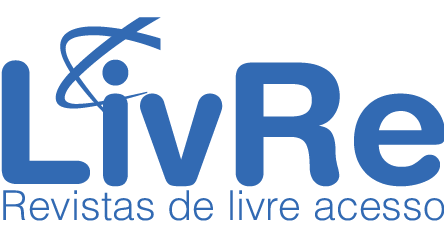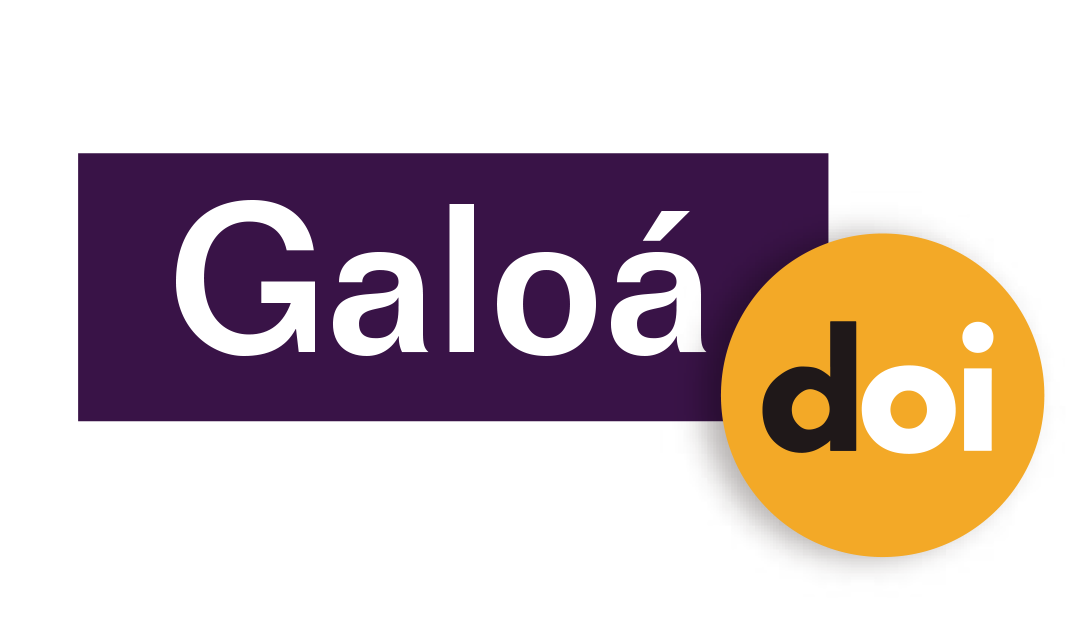Indirect Distance Measurement and Geometric Work in the Construction of Trigonometric Notions
Resumo
Background: Among the multiple phenomena reported around the teaching and learning of trigonometry is the exclusive use as technical tools that trigonometric ratios receive. This use allows and promotes the construction of limited meanings and the dissociation of school trigonometry from geometric notions and procedures. Objective: Given this problem, we studied the germinal construction of trigonometric notions in a historical setting to identify meaningful uses of mathematical knowledge to enrich those that inhabit the school and its associated meanings. Design: We conducted this study from socio-epistemological theory and through a particular configuration of content analysis. Setting and participants: Being a documentary cut study, we did not have participants stricto sensu. Data collection and analysis: The historical study focused on the mathematical preliminaries of Ptolemy’s Almagest, a work that the literature points out as the oldest evidence of the birth of trigonometry. Results: Among the results, we highlight the indirect measurement of distances as the use that allowed the initial construction of trigonometric notions and the synergy of three uses of geometric knowledge - which we call geometric work - as fundamental to this process. Conclusions: We conclude by stressing the importance of creating concrete didactic situations that explore the operation of these results in teaching environments and the need for historical studies around other points in the construction of trigonometric notions.
Palavras-chave
Linear and arithmetic meaning; Trigonometric meaning; Use of knowledge; Historical-epistemological study; Geometric work
DOI: https://doi.org/10.17648/acta.scientiae.6911
Apontamentos
- Não há apontamentos.
Direitos autorais 2022 Gerardo Cruz Márquez, Gisela Montiel Espinosa

Esta obra está licenciada sob uma licença Creative Commons Atribuição 4.0 Internacional.
ANÚNCIOS
Informamos que, a partir de outubro de 2025, devido ao grande número de artigos na fila de submissão, está suspenso o aceite de submissões. Rebriremos em fevereiro de 2026.
Mais, informamos que sites fraudulentos, https://periodicos-ulbrabr.org e https://periodicos-ulbrabra.org, estiveram se passando pela Acta Scientiae, utilizando nosso nome e identidade visual e até solicitado taxas de APC, que nós não cobramos. Aconselhamos cautela para evitar serem enganados por sites semelhantes.
Conceito A2 na Capes(2021)
Índice h5 do Google Scholar: 13
Índice mediana h5 do Google Scholar:24
eISSN: 2178-7727
Indexações:
A Acta Scientiae é indexada em: | Scopus |  | Latindex |  | Edubase (SBU/UNICAMP) |
 | Sumarios.org |  | Google Scholar |  | Portal LivRe (CNEM) |
 | Journals for Free |  | REDIB |  | Galoá DOI |

Todos os trabalhos publicados aqui estão sob uma licença Creative Commons - Atribuição 4.0 Internacional.
